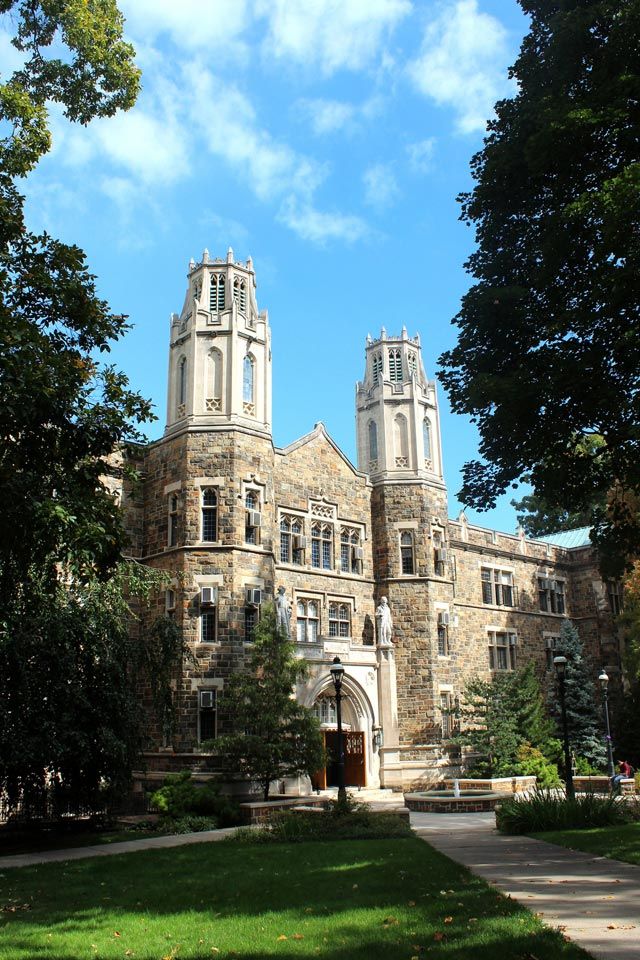Welcome to the 15th issue of Resolve, a magazine dedicated to research and educational innovation in the P.C. Rossin College of Engineering and Applied Science at Lehigh University.
It is with mixed feelings that I write to you for the last time in this space. I have been appointed provost and executive vice president of George Mason University in Fairfax, Virginia, and I will be leaving Lehigh this summer.
I am thrilled and excited to start the next phase of my career at George Mason. But I will miss Lehigh dearly. After almost three decades here, I owe my sincere gratitude to the mentors, colleagues, students and friends with whom I have worked side by side to build something truly special and distinctive. Together, I believe we have made a real and positive impact on the lives of young people.
The remarkable support from my colleagues has made it possible to work toward a bold vision—of engineering as Renaissance thinking for the era of technology, and of the engineer as Renaissance person for the 21st century.
This vision has grown out of trends that for several decades have been broadening engineering’s role in society. Engineering is no longer a narrowly defined trade, but has become a way of thinking that benefits leaders and innovators broadly. An engineering education cultivates future leaders in business, law, medicine, architecture, design, journalism, public policy, environmental studies and of course, engineering and innovation.
With the creativity and collaborative spirit of colleagues across the entire university, we have helped realize this vision and made it uniquely Lehigh:
By establishing undergraduate interdisciplinary programs in bioengineering, computer science and business (CSB), integrated business and engineering (IBE), sustainable development, entrepreneurship and IDEAS—the integrated degree in engineering, arts and sciences;
By launching professional master’s degrees in analytical finance, structural engineering,healthcare systems engineering, energy systems engineering, and technical entrepreneurship;
By expanding opportunities for undergraduate research with the Freed Undergraduate Research Symposium, with the Summer Research Fellowship program, and with a Clare Booth Luce Foundation grant for undergraduate women;
And by improving the recruitment and retention of STEM women faculty with an NSF ADVANCE grant.
In addition, we have started multidisciplinary research initiatives in energy and infrastructure, in computing and data analytics, and, with help from an alliance with the Mayo Clinic, in health and healthcare delivery.
The main article in this issue discusses the new Health Research Hub in Iacocca Hall. The HRH represents an effort to promote the interdisciplinary collaboration that is vital to research while redefining how lab facilities are managed, allocated and shared. We hope it will set the tone for future space renovations throughout the university.
Several other articles in this issue are related to health research and healthcare. You can read about Lehigh’s Biosystems Dynamics Summer Institute, which teams faculty and students from biological science, engineering and other fields. The Q and A features Peter Linz, a member of the Engineering Advisory Council and a former Navy cardiologist who now works as a physician with the global charity Mercy Ships. And the Rising Star article features chemical engineer Bryan Berger and his work with doctors to combat the growing problem of drug-resistant bacteria.
I hope you enjoy this issue of Resolve. It has been an honor and privilege to work with you; I trust that our paths will cross in the future.
S. David Wu
Dean and Iacocca Professor
P.C. Rossin College of Engineering and Applied Science

